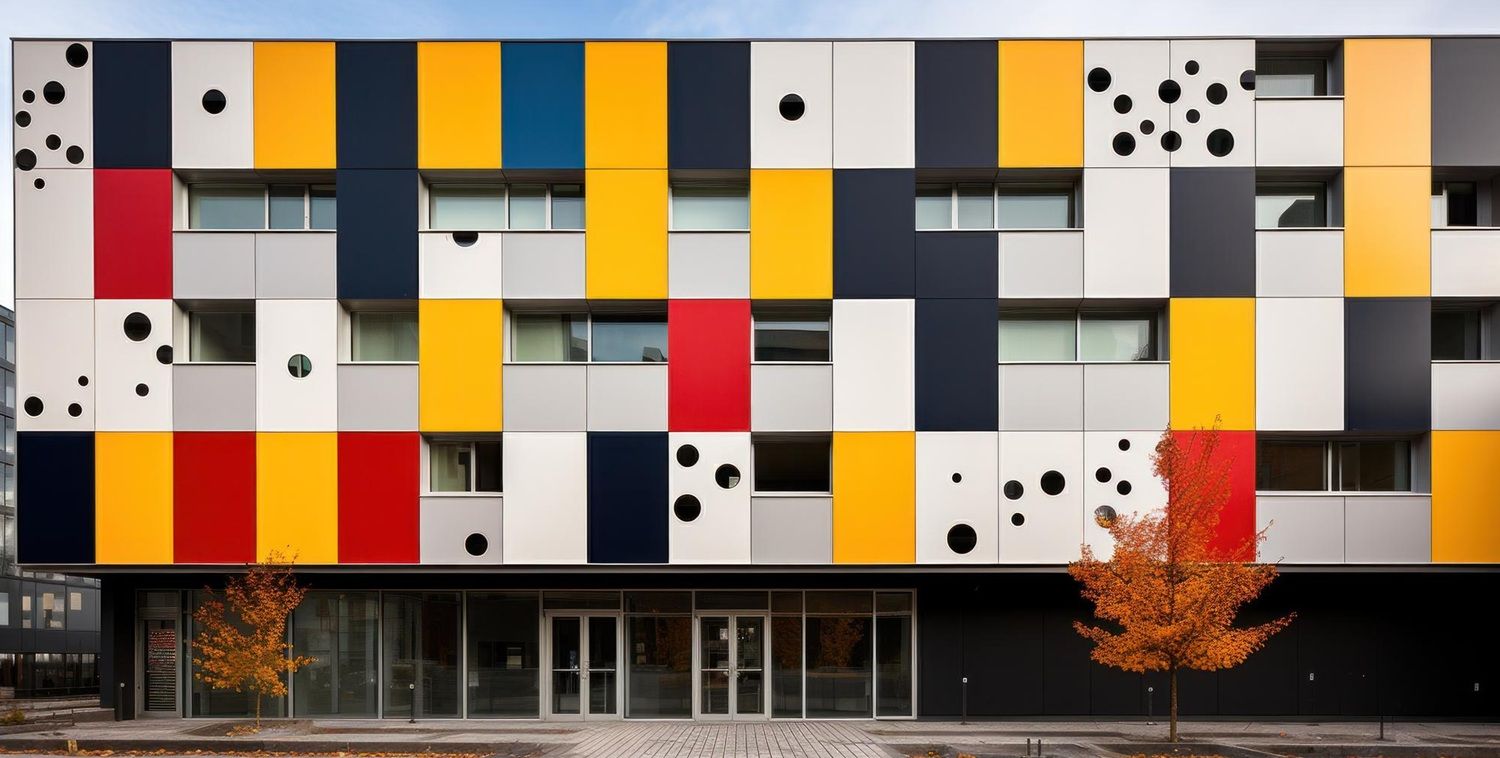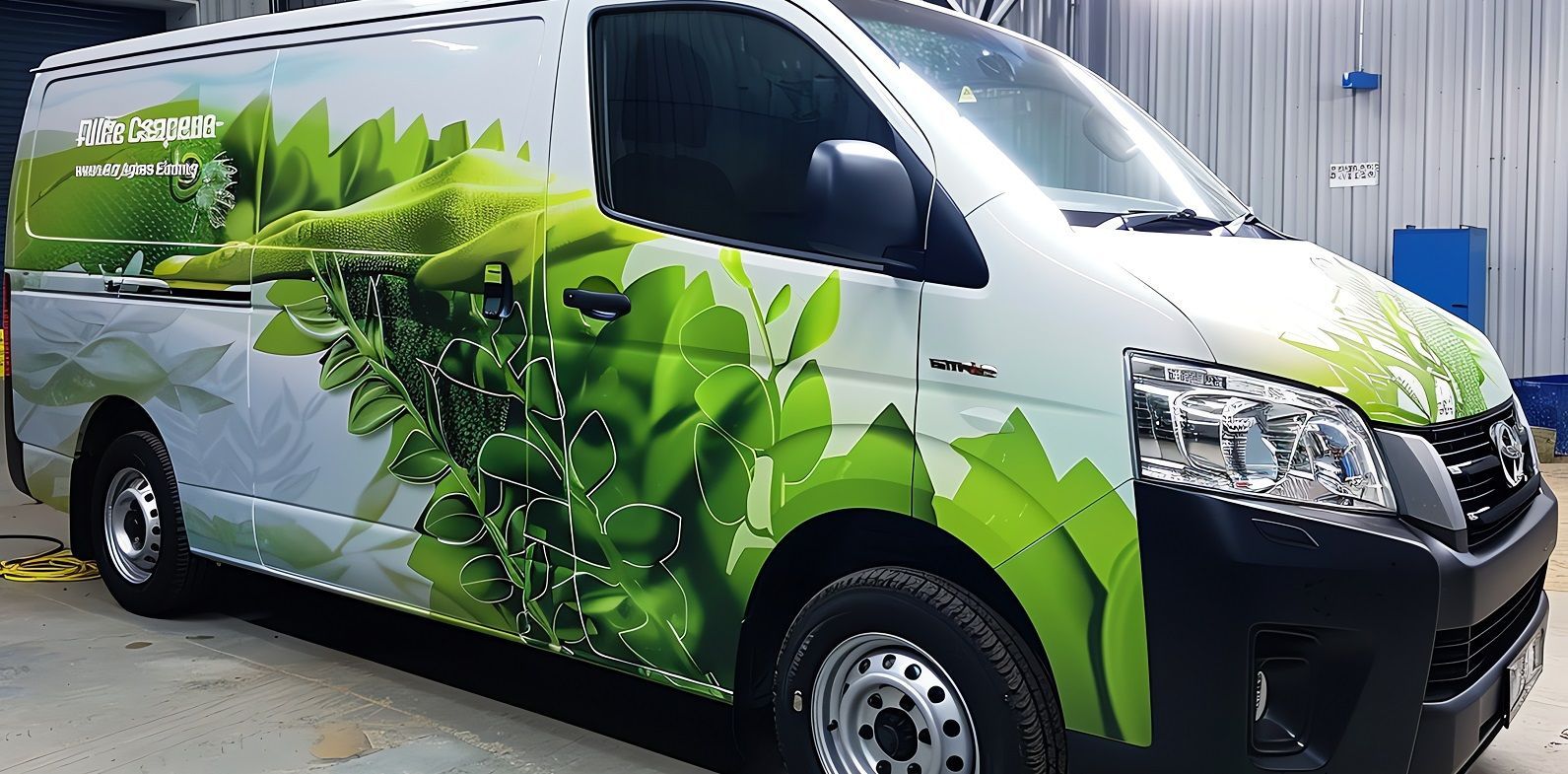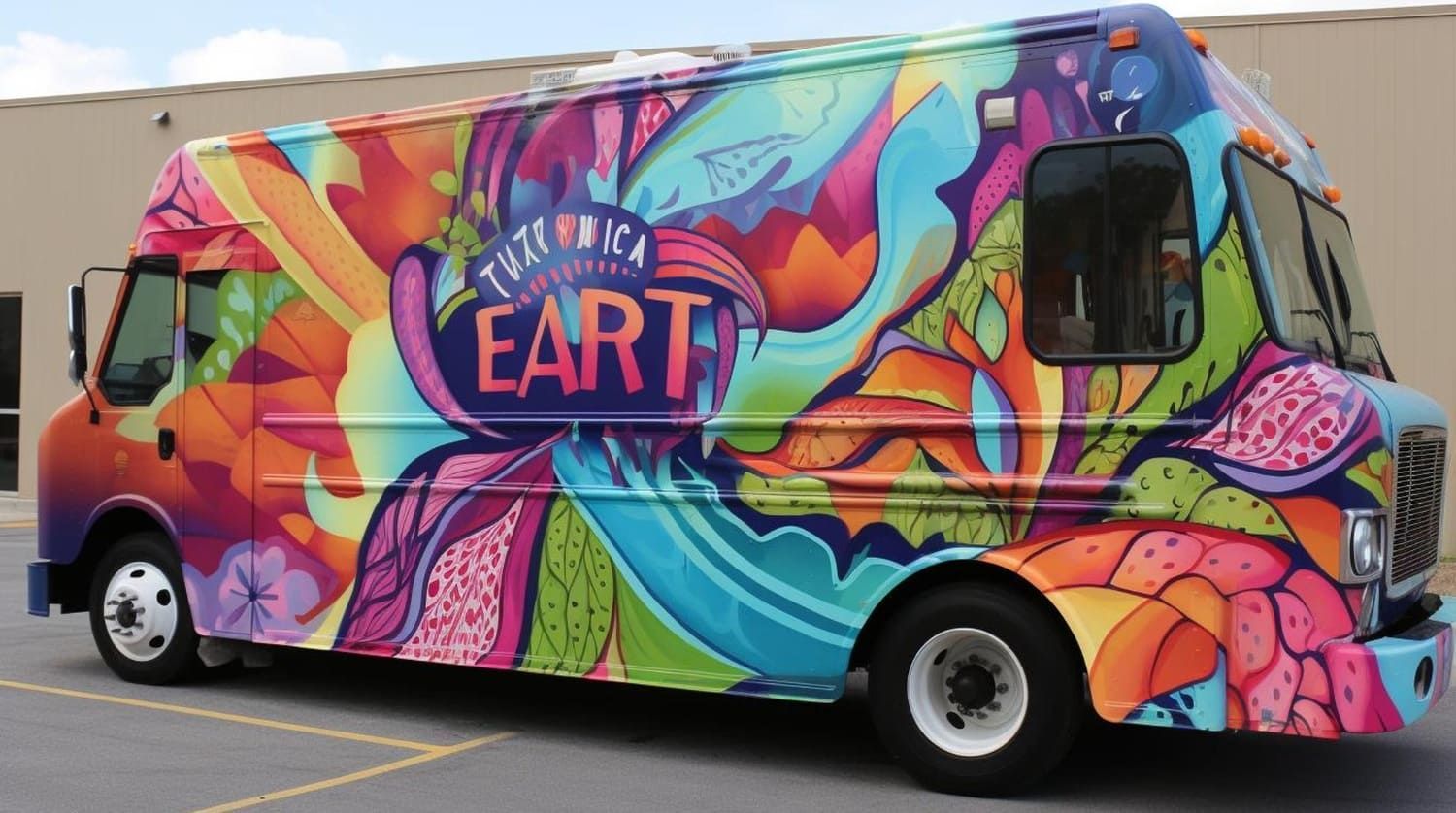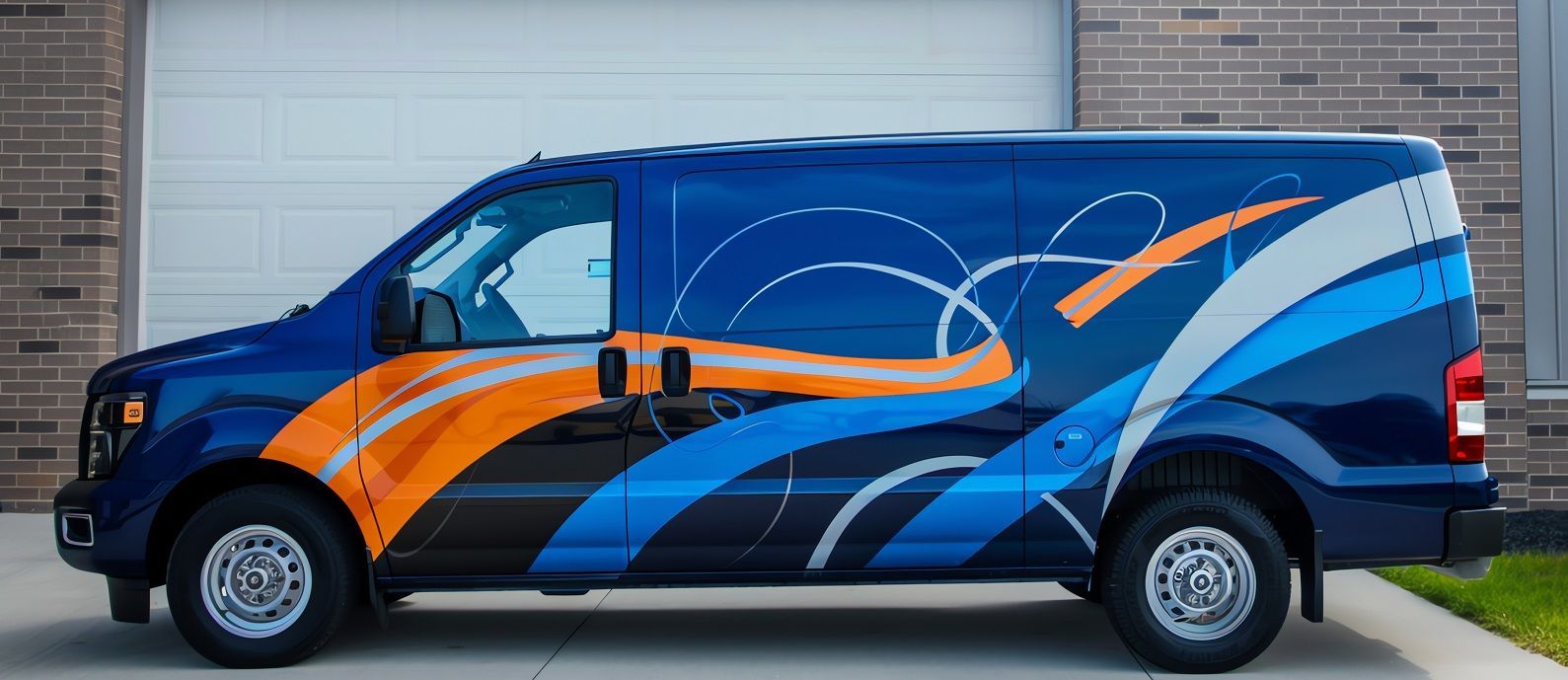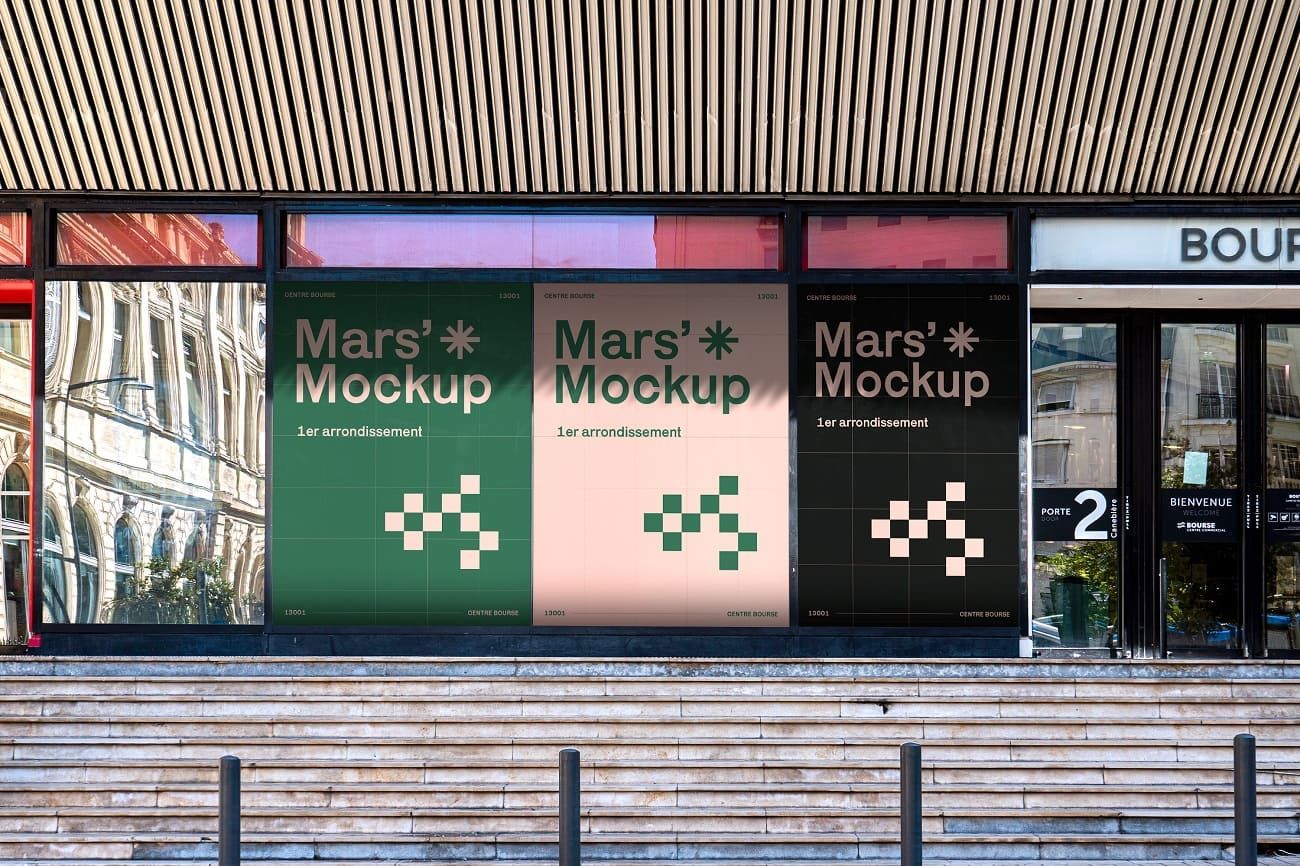6410 Beach Blvd Suite 1, Jacksonville, FL 32216
How to Design the Perfect Screen Printed T-Shirts
When coming up with the right design for your screen printed T-shirts, it helps to understand the print process, Here's what you need to know.
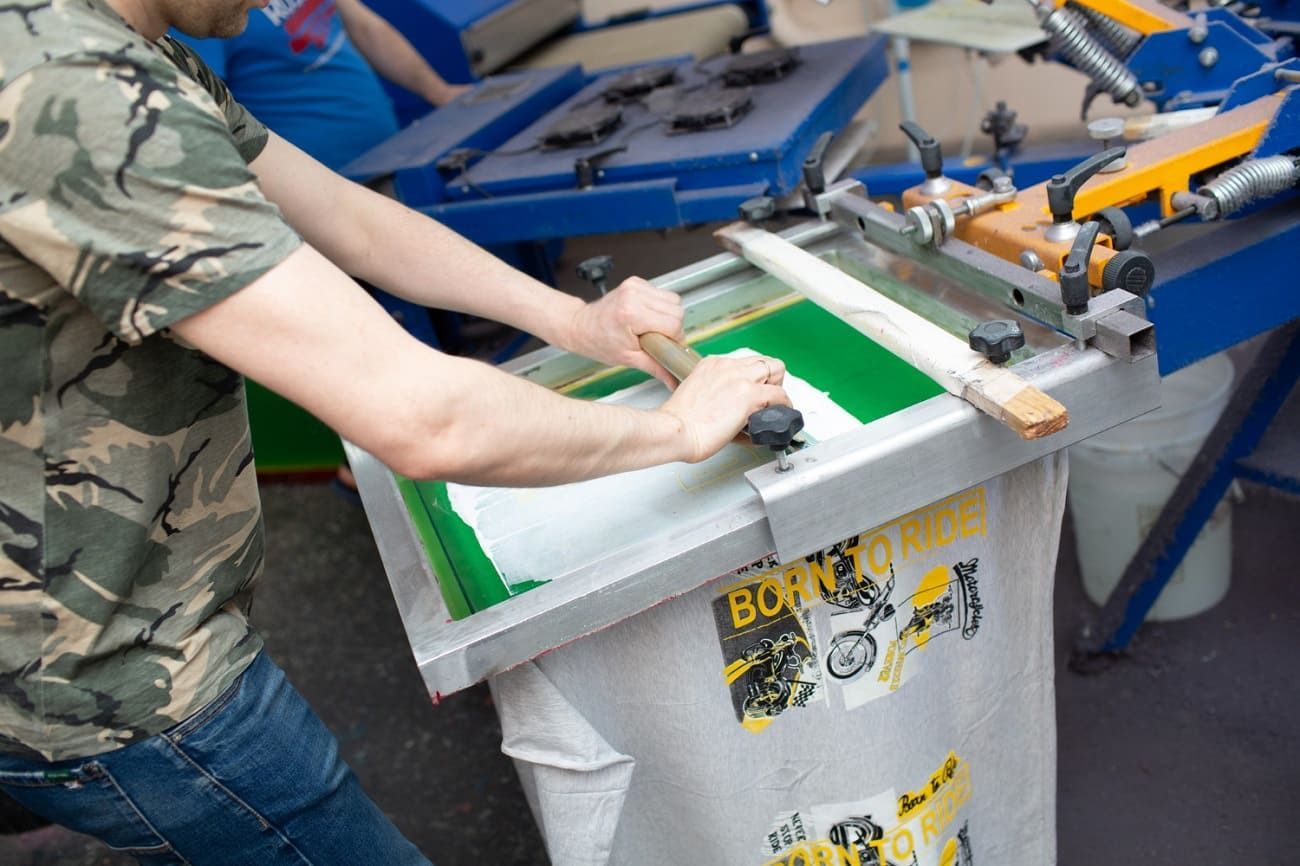
If you want to create a unique and eye-catching t-shirt, screen printing is the way to go. It's a printing technique that involves transferring ink onto a fabric using a mesh stencil. Screen printing has been around for centuries and has become a popular method for customizing t-shirts and other apparel.
However, designing perfect screen-printed t-shirts involves several key factors, including the ink quality, the type of fabric used, the design elements, and the printing process. The right combination of these factors can make a huge difference in the overall look and feel of your t-shirt, as can the design, colors, and typography you choose.
If that sounds like a lot of work, don't worry. We're here to provide tips and tricks to help you design the perfect screen-printed t-shirt. Follow along as we reveal hidden tips for navigating the screen printing artwork and design process, including tips on creating a design that will stand out.
Why Do You Need Screen-Printed T-Shirts?
When it comes to screen-printed t-shirts, the first step in designing the perfect one is understanding its purpose. Ask yourself why you think you need screen-printed t-shirts (or custom t-shirts in general) in the first place.
We can certainly help give you a few reasons if you're unsure. Screen-printed t-shirts are often used for group events, team building, or company branding. They provide a sense of unity among individuals in professional situations. They're also a cost-effective way to promote a business or cause.
With the ability to create custom designs and colors, screen printing offers endless possibilities for making your t-shirts unique. Additionally, screen-printing offers longevity, with the ink penetrating the shirt's fibers, making it more durable and able to withstand multiple washes.
Understand Screen Printing
Now are you ready to start designing the perfect screen-printed t-shirt? If so, it's crucial to have a basic understanding of the screen printing process. This is because your design needs to be compatible with the screen printing method, which involves printing ink directly onto fabric using a stencil.
When screen printing your t-shirt design, the design is (usually) first created on a computer and then printed onto a transparent sheet, which is used to create the stencil. The printing company will place the stencil onto the t-shirt. Then, they'll apply ink over it using a squeegee, which pushes the ink through the stencil and onto the fabric.
How can you apply this to your design process? It can help you create a design compatible with this type of printing. For example, you'll need to consider the number of colors in your design, as each color requires a separate stencil and application of ink. You'll also need to consider the detail in your design, as intricate designs may not translate well onto fabric.
Tips for Designing a Printed T-Shirt
When it comes to designing a printed t-shirt, there are several factors that you need to consider to ensure that your final product is not only visually appealing but also effectively communicates your message. Here are five tips to help you design the perfect shirt for your needs.
Set a Budget
Before you start designing your t-shirt, it's essential to determine your budget. Your budget will affect the type of t-shirt, the quality of the print, and the number of t-shirts you can produce. When setting your budget, consider all the costs, including materials, printing, and labor. This will help you to avoid overshooting your budget.
Decide on a Style
The second tip for designing a printed t-shirt is to decide on the t-shirt style you want to use. There are several styles, including crew neck, v-neck, scoop neck, long-sleeved, short-sleeved, and sleeveless. Each style has unique features, and choosing the right one will depend on your preference (and how casual or professional the shirts are supposed to be).
Develop the Design
Once you've determined the t-shirt style you want to use, the next step is to develop the design. The design should be visually appealing and effectively communicate your message. You can use graphic software tools like Adobe Photoshop and Canva to create your design. Remember to ensure that the design is of high resolution.
Consider Color
The color of the t-shirt and design is crucial (especially when it comes to logo printing). Ensure that the color of the t-shirt complements the color of the print and that the colors you use for the print reflect the message that you want to communicate. It's also essential to ensure that the colors don't clash, making it hard for people to read your message.
Evaluate Your Design
The final tip for designing a printed t-shirt is to evaluate your design before proceeding to the printing stage. Ideally, the printing company you're working with should be able to help you with this. Ensure that the design is correct and free of any errors or typos. Show the design to people for feedback and make necessary adjustments before giving the green light for the final print.
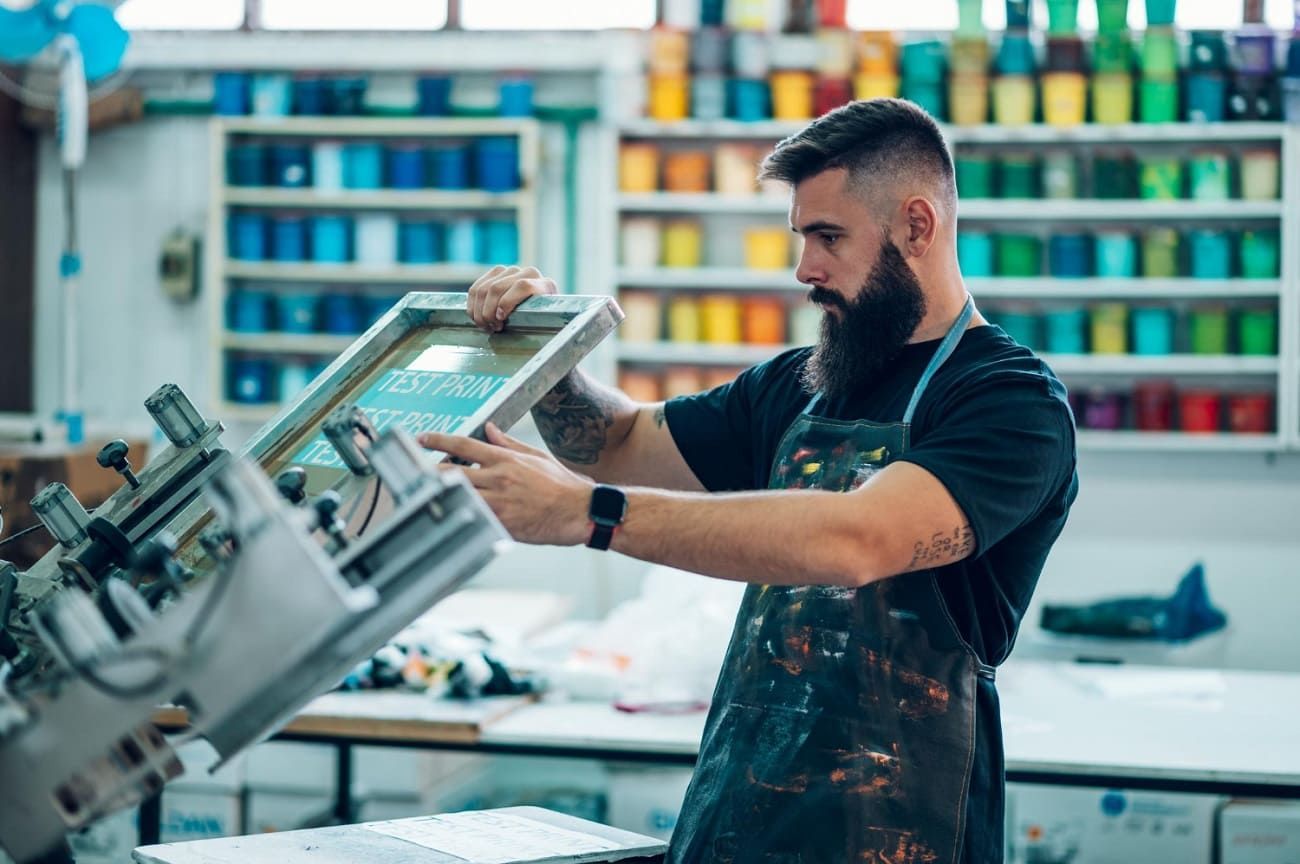
How to Find a Screen Printing Company
When finding a good screen printing company in Jacksonville, Florida, there are a few key things to look for. First, you'll want to check their reputation by reading reviews from past customers. Look at their past work, too, then consider their turnaround time and pricing, as these factors can impact your project's success.
When asking for information or visiting their business location, evaluate their equipment and technology to ensure they can produce high-quality prints. Finally, communicate your needs clearly and upfront. This helps ensure the company can accommodate them.
Get T-Shirt Printing Services in Jacksonville
If you want to create unique and eye-catching screen-printed t-shirts, working with experienced professionals who can help bring your ideas to life is essential.
If you're looking for a reliable and affordable way to create custom t-shirts, we invite you to contact us today for a free quote! Or, message Dynamic Designs with any questions. With our expertise and commitment to quality, we'll help you design the perfect t-shirt that matches your brand, personality, or message.

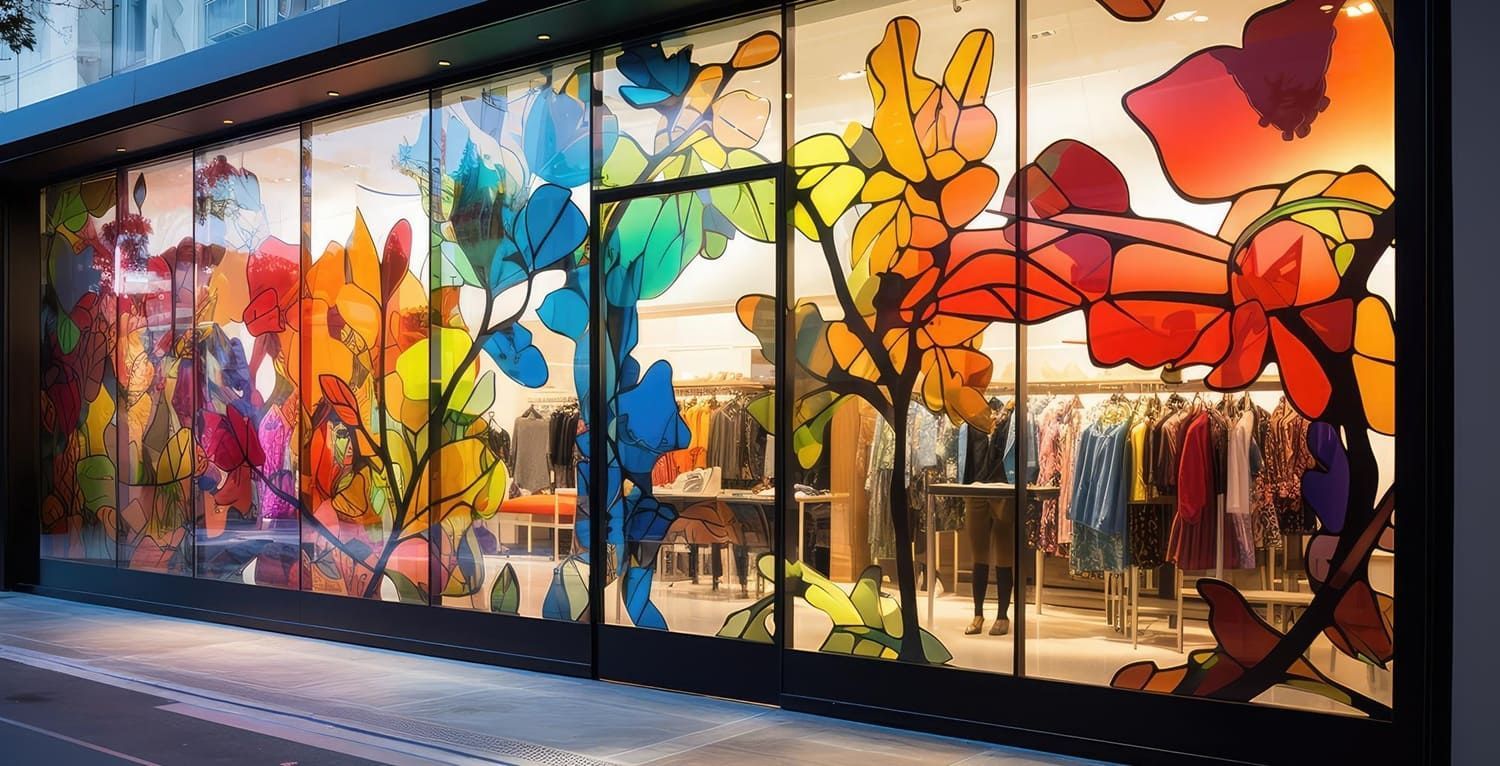

BUSINESS HOURS
Monday to Friday: 9am - 5pm
Saturday to Sunday: CLOSED


